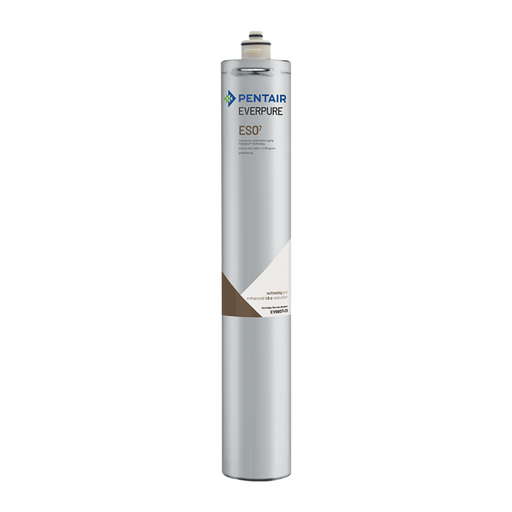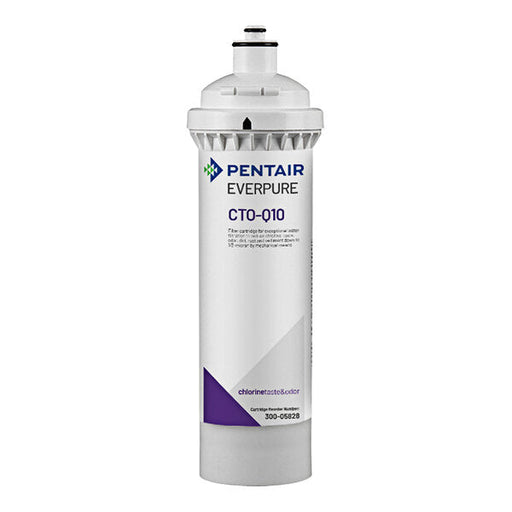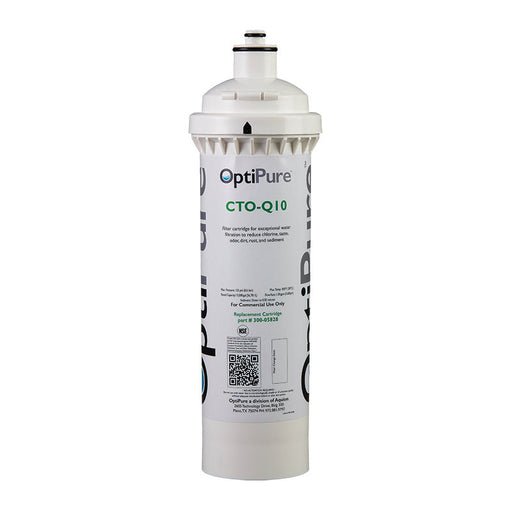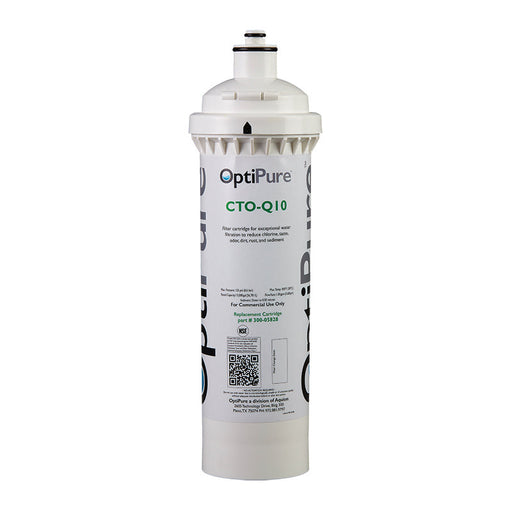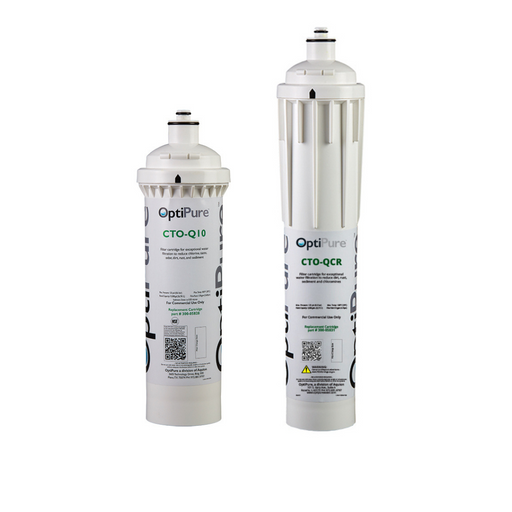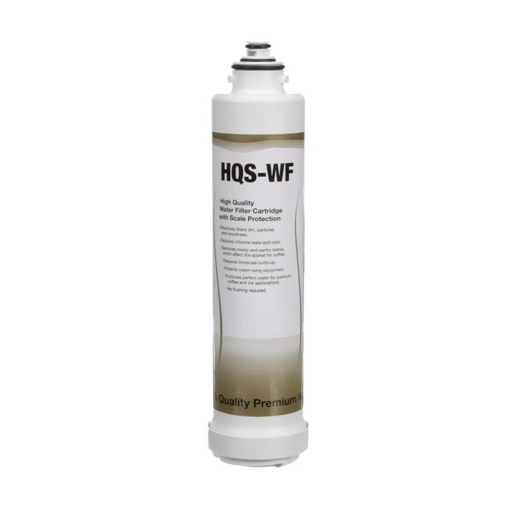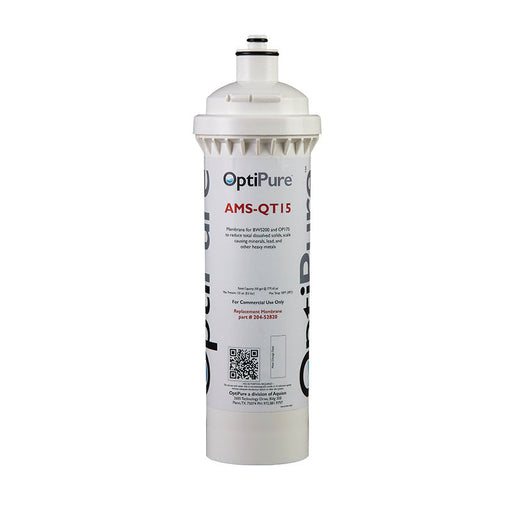Best Sellers
Everpure ESO7 EV9607-25 Espresso Filter Cartridge 1.0 GPM 5,300 Grains
The Everpure ESO 7 EV960725 Cartridge has a unique three-stage blending process to provide softened, buffered, filtered water for specialty coffee,...
View full detailsOptiPure 300-05828 CTO-Q10 Cartridge 1.5 GPM 0.5 Micron
The Pentair OptiPure CTO-Q10 is a 10” Qwik-Twist cartridge for use in OptiPure QT10 Series Systems to reduce sediment down to 0.5-microns and reduc...
View full detailsOptiPure 170-52081 QTI1+CR Cartridge Kit CTO-Q10 CTOS-QCR
The CTO-Q10 is a 10” Qwik-Twist cartridge that reduces sediment down to 0.5 microns and reduces chlorine, taste & odor at a flow rate of 1.5 GP...
View full detailsEverpure DEV9830-01 HQS-WF Filter Cartridge
Application: Produces perfect water for premium drinking water applications. Fits Everpure QL1 and QL3b heads. Part of a sanitary quick-change fil...
View full detailsOptiPure 204-52820 AMS-QT15 Reverse Osmosis RO Membrane
The AMS-QT15 is a 10″ Qwik-Twist replacement membrane for BWS200 and OP175 systems that reduces Total Dissolved Solids (TDS), scale-causing mineral...
View full detailsReverse Osmosis (RO) Water Storage Tanks
A Reverse Osmosis (RO) storage tank is a key component in a reverse osmosis water purification system. Reverse osmosis is a water treatment process that uses a semi-permeable membrane to remove impurities and contaminants from water. The system typically includes a pre-filter to remove larger particles, a semi-permeable membrane to remove smaller particles, and a post-filter to further refine the water.
The RO storage tank plays a crucial role in the process by storing the purified water produced by the reverse osmosis system. Here's how it generally works:
-
Filtration: The water enters the reverse osmosis system, where it undergoes filtration through a pre-filter to remove larger particles and a semi-permeable membrane to remove dissolved impurities like minerals, salts, and contaminants.
-
Storage: The purified water is then collected and stored in the reverse osmosis storage tank. These tanks are typically pressurized to maintain the flow of water and ensure a steady supply when you turn on the tap.
-
Dispensing: When you turn on the faucet or use water from the RO system, the pressurized water from the storage tank is released, providing you with clean and purified water.
The storage tank allows the reverse osmosis system to produce water more efficiently than if it had to operate continuously. It also ensures that there is a readily available supply of purified water when you need it, even if the reverse osmosis system itself operates intermittently.
It's important to note that these tanks may have a specific capacity, and they may need periodic maintenance, such as sanitization, to prevent bacterial growth and ensure the quality of the stored water.
Reverse osmosis storage tanks come in various types, shapes, and sizes to accommodate different needs and preferences. Here are some common types of reverse osmosis storage tanks:
-
Standard Pressurized Tanks: These are the most common type of reverse osmosis storage tanks. They are pressurized and typically have a bladder or diaphragm inside to separate the water and air. The pressure helps push the purified water out of the tank when you open the faucet. These tanks come in various sizes, ranging from 2 to 16 gallons or more.
-
Non-Pressurized or Atmospheric Tanks: These tanks are not pressurized and rely on gravity to deliver water. They are usually installed on top of a countertop or in an elevated position, and the purified water flows out by gravity. They are often used in situations where a pump isn't required.
When choosing a reverse osmosis storage tank, factors to consider include the available space for installation, water usage patterns, and the specific requirements of your reverse osmosis system. It's important to follow the manufacturer's recommendations for maintenance and sanitation to ensure the longevity and performance of the storage tank and the overall reverse osmosis system.




